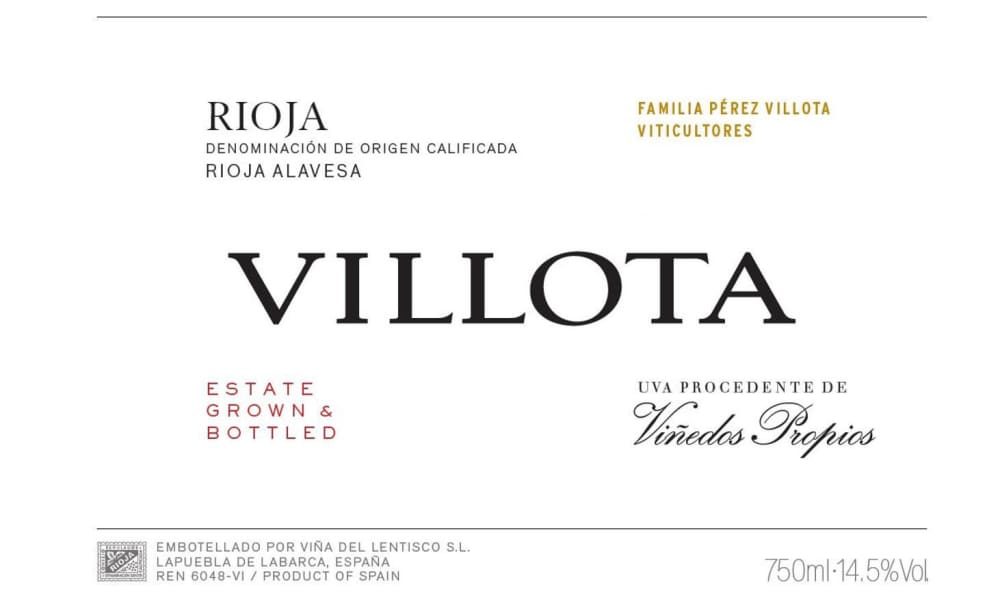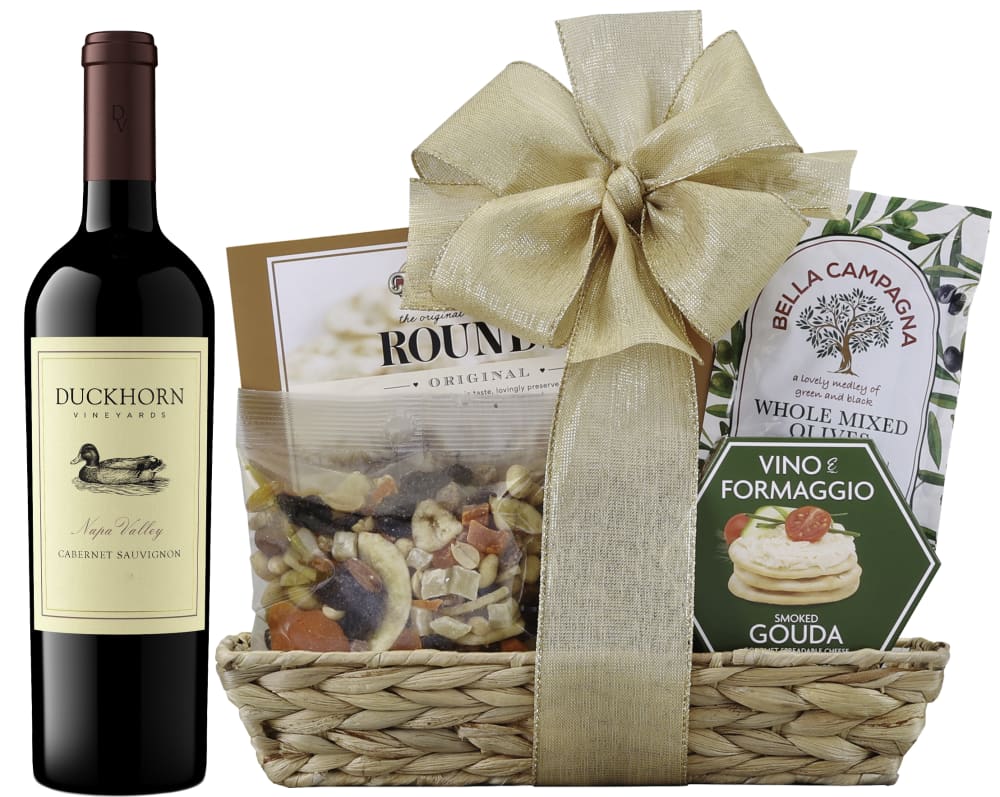This post may contains affiliate links. Read our full disclosure here.
When I first encountered elderberry wine at a friend’s harvest gathering, I couldn’t believe the deep, almost mystical color swirling in my glass. Since then, I’ve developed a serious appreciation for this unique alternative to traditional grape wines. This elderberry wine guide walks you through everything from tasting notes to health perks and even how to craft your own batch at home. Unlike commercial wines that line grocery store shelves, elderberry wine offers a rustic, homemade charm with both flavor complexity and potential wellness benefits that have made it a beloved tradition for centuries.
Whether you’re a curious first-time sipper or a home brewing enthusiast looking to expand your repertoire, elderberry wine deserves a spot in your collection. The beautiful purple-black berries transform into something truly special during fermentation, capturing both the essence of wild fruit and the satisfaction of small-batch craftsmanship. Let’s explore why this fruit-forward beverage has maintained its popularity among home winemakers and health-conscious drinkers alike.

What Is Elderberry Wine?
- Made with ripe elderberries instead of grapes
- Deep purple hue and earthy aroma
- Loved as a traditional homemade wine around the world
Elderberry wine is a rich, fruit-forward wine crafted from the small, dark berries of the elderberry bush (Sambucus). Unlike traditional grape wines, elderberry wine stands out with its intensely deep purple color and distinctively wild character. These berries have smaller juice content than grapes, resulting in a more concentrated flavor profile that many describe as rustic and authentically connected to nature.
The tradition of brewing elderberry wine dates back centuries across Europe and North America, where families would harvest the berries in late summer and transform them into delicious homemade wine. The process hasn’t changed much over generations – collect the ripe clusters, carefully remove the berries from their stems, crush them to release their juice, and let fermentation work its magic. This simple approach makes elderberry wine one of the most accessible homemade wine projects for beginners.

What Does Elderberry Wine Taste Like?
- Tart, full-bodied flavor with a smooth finish
- Tasting notes include blackberries, dark cherries, and spice
- Can lean sweet or dry depending on the recipe
The flavor profile of elderberry wine offers a bold, berry-forward experience that sits somewhere between blackberry wine and a light red wine. Your first sip reveals an initial tartness that quickly develops into a complex medley of dark fruits – think blackberries, black currants, and deeply concentrated cherries. Many people also detect subtle earthy undertones and a hint of spiciness that makes this wine particularly interesting.

What makes elderberry wine special is how its flavor changes based on the recipe and aging process. Freshly made batches tend to be more vibrant and tart, while aged versions mellow into a smoother, more balanced drink. The sweetness level varies dramatically depending on how much sugar is added during production – some prefer theirs with notable sweetness to balance the natural tartness of the berries, while others enjoy a drier version that lets the fruit’s natural character shine through.

Health Benefits of Elderberry Wine
- Naturally high in antioxidants like anthocyanins
- Elderberries have been used for centuries in traditional wellness remedies
- May promote immune support when consumed in moderation
While I’d never suggest replacing your vitamins with a wine glass, elderberry wine does retain some of the beneficial compounds found in the original berries. Elderberries contain impressive levels of anthocyanins – the antioxidants responsible for their deep purple color – which may help combat oxidative stress in the body. Traditional folk medicine has long valued elderberries for their potential to support the immune system, particularly during seasonal challenges.
It’s worth noting that the fermentation process that transforms elderberries into wine does preserve many of these beneficial compounds. However, the alcohol content means moderation is key – a small glass occasionally might offer some wellness perks, but excessive consumption negates any potential benefits. Some home winemakers specifically craft elderberry wine as part of their seasonal wellness routine, enjoying small amounts during winter months as a pleasant alternative to elderberry syrup or tea.

Easy Elderberry Wine Recipe to Try at Home
- You’ll need: elderberries (fresh or frozen), sugar, yeast, and water
- Ferment for 3–6 weeks, then bottle and age
- Keep equipment sanitized to avoid spoilage
Making elderberry wine at home is surprisingly straightforward, even for beginners. Start with about 3 pounds of fresh elderberries (or frozen if out of season), carefully removed from their stems. The stems contain compounds that can cause digestive upset, so be thorough with this step! Crush the berries in a large pot with a potato masher, then add 2-3 pounds of sugar and enough water to make a gallon of mixture.
After bringing this mixture to a simmer (not boil) for about 10 minutes, allow it to cool to room temperature before adding a packet of wine yeast. Transfer everything to a sterilized fermentation vessel fitted with an airlock, and let science do the work! The initial fermentation typically bubbles actively for about a week before slowing down. After 3-6 weeks, when bubbling has completely stopped, carefully siphon the wine off the sediment and into bottles for aging. Similar to crafting cranberry wine, patience rewards you with a better-tasting final product – aim for at least 6 months of aging for optimal flavor development.

Tips for Fermenting and Bottling Elderberry Wine
- Cleanliness is everything—sterilize all jars, lids, and bottles
- Taste-test before bottling to check sweetness and balance
- Store bottles somewhere dark and cool for proper aging (3–12 months)
The single most important aspect of successful home winemaking is absolute cleanliness. Before anything touches your elderberry mixture, sanitize it properly with a food-grade sanitizer available at brewing supply stores. One tiny oversight can lead to unwanted bacteria competing with your wine yeast, potentially ruining your entire batch. I learned this lesson the hard way with my first attempt – trust me, those extra minutes spent sanitizing are worth it!

Before bottling, always taste your wine to assess its development. If it’s too tart for your liking, you can add a simple sugar solution (called “back sweetening”) to achieve your preferred sweetness level. Just remember that additional sugar might restart fermentation unless you add a stabilizer. When bottling, minimize contact with oxygen by using a siphoning tube rather than pouring. Store your bottled elderberry wine in a cool, dark place – a basement or wine cooler is ideal. The patience required for aging is challenging but rewarding – while you might sample a bottle after 3 months, the flavor complexity continues to develop beautifully for up to a year or more, similar to aging strawberry wine.

Where to Buy Elderberry Wine Online
- Browse natural wine shops and local farm wineries
- Some organic winemakers offer elderberry varieties seasonally
- Farmer’s markets may list small-batch producers for mail order
If making your own elderberry wine sounds too time-consuming, you can still experience its unique flavor by purchasing directly from small producers. Unlike mainstream grape wines, elderberry wine typically comes from boutique wineries that specialize in fruit wines or farm-based operations with seasonal production. These smaller producers often sell directly through their websites or at local farmer’s markets, preserving the handcrafted quality that makes elderberry wine special.
Some excellent sources include regional wineries in areas where elderberries grow abundantly, particularly across the northeastern United States and parts of Europe. Specialty online wine retailers that focus on natural or organic wines sometimes carry elderberry options, especially during fall and winter months following the harvest season. Keep an eye out for family-owned operations that have been crafting elderberry wine for generations – they often have the most refined recipes and techniques, resulting in exceptional quality. Their production methods often share similarities with making raspberry wine, another delightful fruit wine alternative.

Serving and Pairing Ideas
- Best served slightly chilled or at cool room temperature
- Lovely with dark chocolate, berry crumbles, or aged cheeses
- Great as a holiday toast or part of a rustic cocktail
Elderberry wine shows its best personality when served at cool room temperature or just slightly chilled (around 55-60°F) – too cold and you’ll miss the nuanced flavor notes that make it special. Unlike lighter fruit wines, elderberry has enough body and structure to stand up to food pairings typically reserved for red wines. I’ve found it pairs wonderfully with dark chocolate desserts, bringing out the wine’s fruit notes while complementing its earthy undertones.

For cheese pairings, reach for aged varieties with some sharpness – aged cheddar, gouda, or blue cheeses create a beautiful contrast with the wine’s berry notes. During fall and winter gatherings, elderberry wine makes a fantastic addition to the holiday table, particularly with game meats or dishes featuring mushrooms. For something different, try using it as a base for mulled wine during cold weather – the spices blend beautifully with elderberry’s natural flavor profile, creating a warming treat that highlights the wine’s best qualities.
Elderberry Wine: A Sip of Nature’s Goodness
After experimenting with various batches and recipes, I’ve come to appreciate elderberry wine not just as a beverage but as a connection to traditional food ways and seasonal rhythms. There’s something deeply satisfying about transforming these humble dark berries into a sophisticated drink that offers both pleasure and potential wellness benefits. Whether you craft it yourself or seek out a bottle from a small producer, elderberry wine provides an experience distinct from commercial offerings.
The beauty of elderberry wine lies in its accessibility – it doesn’t require specialized equipment or rare ingredients, just berries, sugar, yeast, and time. Its rich color, complex flavor, and potential health attributes make it worth exploring for anyone interested in natural beverages with character. Next time you’re looking for something beyond the usual wine options, consider elderberry wine – it might just become your new seasonal favorite, joining the ranks of other delightful fruit wines in your collection.




